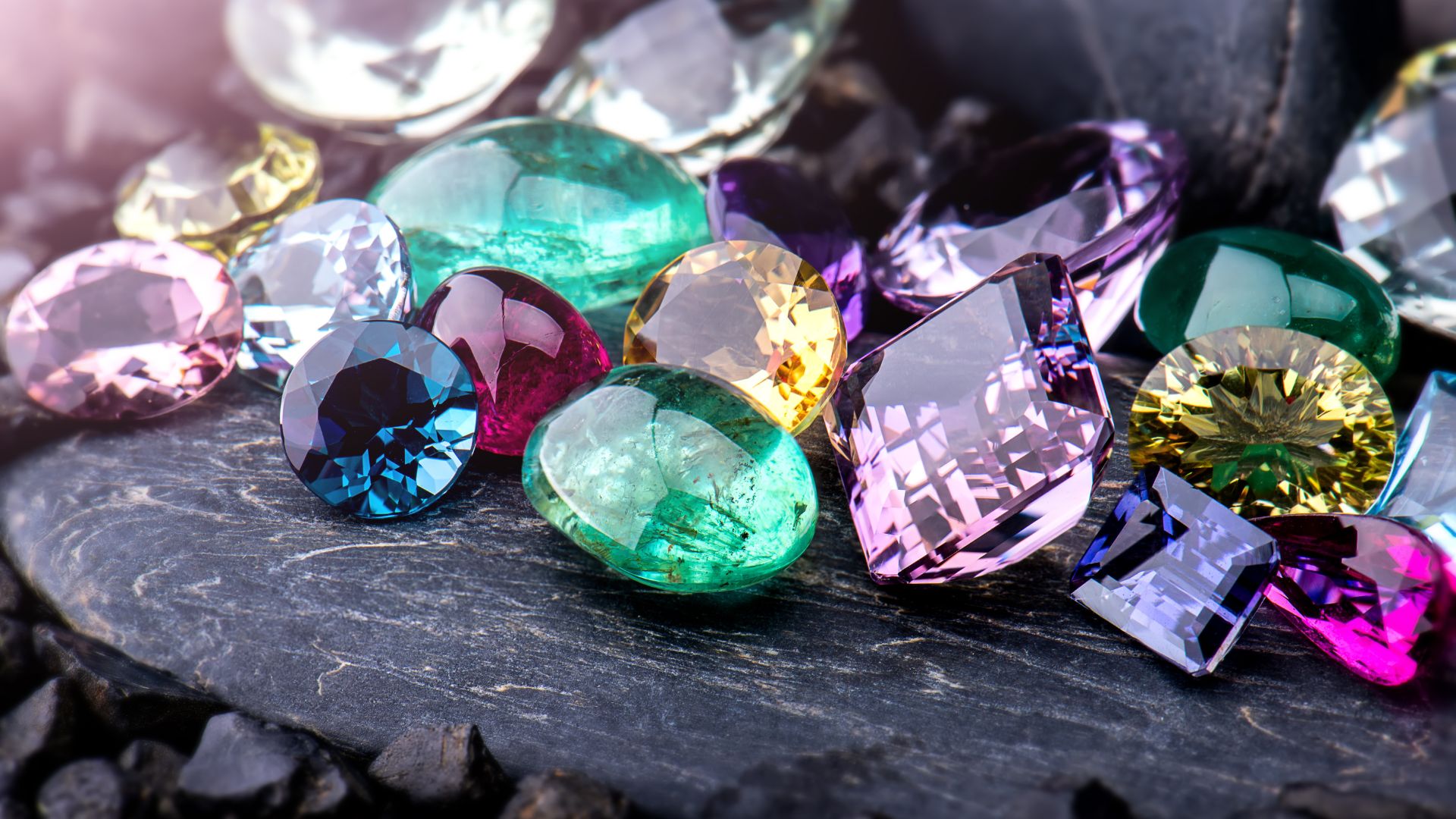Crystal and Gemstone Jewelry

Crystals and gemstones have long been prized among spiritual seekers; today they’re also popular with mainstream consumers.
Crystals are pure substances with highly ordered patterns extending three dimensionally. Examples of crystals are table salt and diamonds.
Gemstones are an invaluable form of mineral treasured for both their aesthetic beauty and metaphysical properties. Believed to possess healing abilities, gemstones can help strengthen a person’s connection to spirituality.
Color
At first glance, some gemstones may seem to only offer one specific hue, yet many possess an array of hues that makes them truly exquisite and distinctive. Tourmalines for instance come in an impressive spectrum of hues – often featuring stripes or swirls of colors within one stone! Most gems are polished into facets which reflect and refract light to show their clarity and depth of color; others can be sold as slices or rough chunks to allow a deeper connection with them.
Crystals are materials with an ordered and repeating lattice structure of atoms. While gemstones are rocks, minerals or natural crystals that have been cut for use as jewelry pieces, synthetic gemstones created in laboratories mimicking natural gemstones have the same chemical, physical and optical properties of their natural counterparts without incurring naturally occurring impurities that might reduce clarity or color; creating vibrant and more vivid looks than their natural counterparts.
Shape
Gemstones come in all sorts of shapes. Some gemstones such as agate are sold as polished slices to showcase their marbleized cross sections and patterns; whereas other gems feature cut-in facets which refract light and reveal depths of color making them even more valuable.
Crystals have highly organized molecular structures that span three dimensions and form natural geometric forms. Due to this innate structure and rare beauty, crystals are typically considered gemstones; however, some crystals can also be considered precious stones if their luster, clarity, cut and other properties meet certain thresholds.
Marquise cuts, navette cuts and trillion cuts are popularly chosen geometric cuts to accent women’s faces by adding length to the neckline and emphasizing jawlines. Women with fuller upper bodies may benefit from longer 24-inch or longer silver chains while those with smaller chests prefer 18-22 inch chains for shorter necklaces. Some individuals like mixing multiple gemstone shapes to achieve an eclectic look.
Size
Size matters when selecting healing crystals – larger spheres make a statement while smaller stones offer versatility and individual style. Listen to your intuition when selecting gemstones that best suit you!
Physical characteristics that influence a gem’s value include color (and clarity to a lesser degree; some rare gems like emeralds may still contain inclusions), cut, and any unusual optical phenomena within the stone such as color zoning or asteria effects (star effects). Certain stones are further classified by species such as ruby, sapphire, corundum; with certain varieties further differentiated by variety such as blue pink and white Sapphires.
Durability should also be taken into consideration when choosing gemstone jewelry for daily wear. Gems such as sapphires and rubies rank nine on the Mohs scale while more affordable alternatives like amethyst and citrine quartz varieties score 7 on this measure.
Price
Price differences among crystal and gemstone jewelry pieces can be significant, depending on factors like their rarity, market value, mineral makeup and geographic origin; crystals on the other hand are usually priced based on their internal structure and atomic arrangement.
Crystals are pure substances whose atoms are organized in an ordered, repetitive pattern across three dimensions. A wide variety of elements such as sugar and salt can be classified as crystals; however, not all crystals qualify as gems; to qualify as such an exquisite gemstone requires rare molecular composition and an exceptional physical form.
Amethyst is an excellent example of a crystal that falls into both semi-precious and gemstone categories; due to its crystal structure, amethyst can be classified as semi-precious; however, its durability and beauty make it a gemstone as well. Other crystals used as gemstones include citrine, feldspar, rose quartz and smoky quartz which may also be polished into jewelry pieces with polished edges or polished shapes designed specifically to wear around one’s neck as pendants or jewelry pendants.
